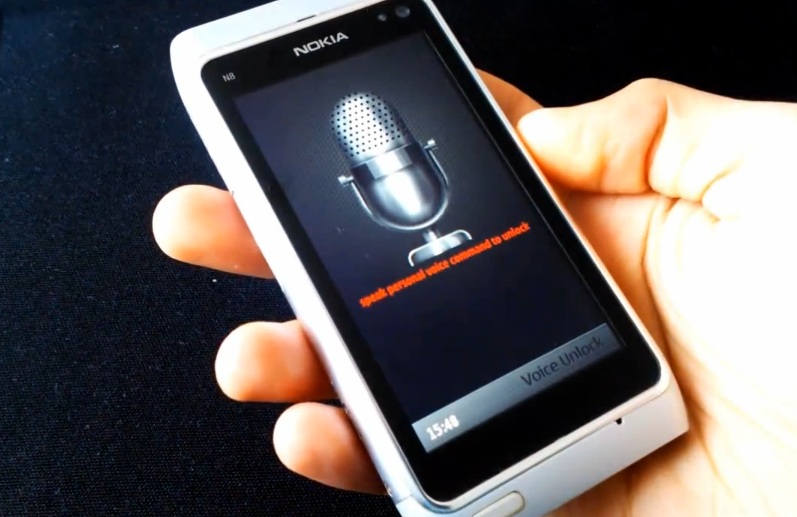Voice Control Barriers
Sometimes we are so busy or lethargic that we wish to get things done by word of mouth. There we love voice control and think why can’t Google Now, Siri, and Cortana give us full voice control? Presently we can accomplish limited with voice commands alone. There are lots of options desired from voice commands:
Send emails, texts,
Navigate to websites,
asking questions and getting directions,
Set alarms and reminders,
Play music, and more.
The best recent innovations are Google’s conversational speech recognition in Search; it can comprehend pronouns, and relate to context. Unfortunately, that back-and-forth is limited only to this extent and doesn’t extend into more useful scenarios.
We are again stuck up to this question.”Why can’t Google Now, Siri, and Cortana offer full voice control?” It is pleasing to run follow-up commands, but currently this implementation is limited. We would want to tell our device to do many things, like “pause”, “next track”, “lower/raise volume”, or repeat track. But this can’t be done.
From a technical point, there are no barriers in full voice control in any device. Voice recognition is perfect and all voice systems understand simple words like: play, pause, next, previous, repeat, etc. Google has expanded hot words list for the “OK, Google” initiated from anywhere. It is expected that coming iPhone will have these features for Siri; and, Cortana would do for Windows Phone users.

More voice interaction means drain on the battery, but the problem has a solution and “always-listening” device is already there, with companion core or optimized processor like Snapdragon 800 and newer dedicated for voice commands and it solves the battery issues with simple API, at least to get things started.
Ubuntu Touch is contemplating to do the same. Once you are running an app, selection of commands becomes limited and cannot be used via voice. Apps that have more options like media consumption apps, the possibilities are clearer and can have full controls with voice, like “play/pause”, “next/previous”, and “rewind/fast forward”. “Volume up/down” or even “skips”.
It’s not completely new; Windows 7 and 8 offer broader voice command functionality, for full navigation of the screen with voice commands. Mobile platforms are becoming advanced, reducing the functionality gap between desktops. Ubuntu Touch plan has been to offer wider voice commands within apps.
, 2015-12-26 06:41:01 Like : 0 , DisLike : 0 Comments : 0